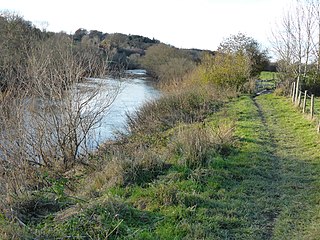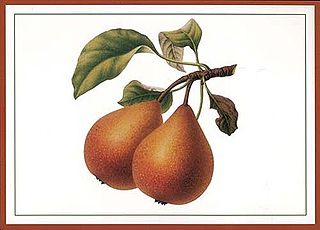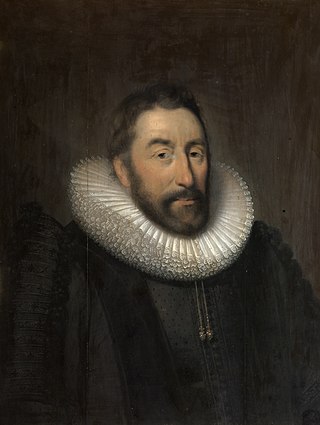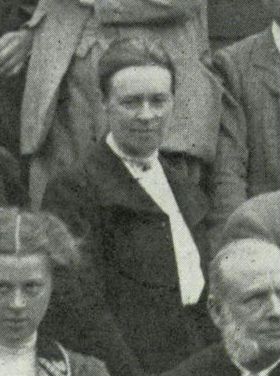
Mycology is the branch of biology concerned with the study of fungi, including their genetic and biochemical properties, their taxonomy and their use to humans, including as a source for tinder, traditional medicine, food, and entheogens, as well as their dangers, such as toxicity or infection.
The history of Herefordshire starts with a shire in the time of King Athelstan, and Herefordshire is mentioned in the Anglo-Saxon Chronicle in 1051. The first Anglo-Saxon settlers, the 7th-century Magonsætan, were a sub-tribal unit of the Hwicce who occupied the Severn valley. The Magonsætan were said to be in the intervening lands between the Rivers Wye and Severn. The undulating hills of marl clay were surrounded by the Welsh mountains to the west; by the Malvern Hills to the east; by the Clent Hills of the Shropshire borders to the north, and by the indeterminate extent of the Forest of Dean to the south. The shire name first recorded in the Anglo-Saxon Chronicle may derive from "Here-ford", Old English for "army crossing", the location for the city of Hereford.

Breinton is a civil parish in Herefordshire, England. Breinton lies just to the west of Hereford. The name Breinton appears to be a modernised form of the word Bruntone, meaning a village near a flowing stream.

Thomas Andrew Knight (1759–1838), FRS, of Elton Hall in the parish of Elton in Herefordshire and later of Downton Castle, was a British horticulturalist and botanist. He served as the 2nd President of the Royal Horticultural Society (1811–1838).

The Herefordshire Pomona is a 19th-century catalogue of the apples and pears that were grown in the county of Herefordshire in England. It was one of the first attempts to fully catalogue the existing varieties of English fruit and has been called "a classic of late Victorian natural history". Only 600 copies were ever printed and originals now fetch high prices whenever they are sold.

The British Mycological Society is a learned society established in 1896 to promote the study of fungi.
Uvedale Tomkins Price, of Poston Lodge and Foxley, Yazor, Herefordshire, was a British Tory and later Whig politician who sat in the House of Commons between 1713 and 1734.

Robert Price was a British judge and politician.

Alfred Watkins was an English businessman and amateur archaeologist who developed the idea of ley lines.

Worthington George Smith was an English cartoonist and illustrator, archaeologist, plant pathologist, and mycologist.

Carleton Rea was an English mycologist, botanist, and naturalist.

Reverend William Leigh Williamson Eyre was an English mycologist and naturalist.

Charles Crossland was an English mycologist.

Sir Walter Pye of The Mynde, Herefordshire was an English barrister, courtier, administrator and politician who sat in the House of Commons from 1621 and 1629.

Llanrothal is a small village and historical parish in Herefordshire, England in the Monnow Valley, on the border with Monmouthshire, Wales. The River Monnow flows near here along the border. The village is located 5 miles by road northwest of Monmouth. It contains a 12th-century church, St John the Baptist's which stands in a remote position close to the England–Wales border overlooking the river.

Gulielma Lister was a British botanist and mycologist, and was considered an international authority on Mycetozoa.
Michelin is a variety of cider apple commonly grown in commercial orchards in the United Kingdom, although originating in France.

Hereford General Hospital was a health facility located on Nelson Street in Hereford. The main building, which has since been converted into apartments, remains a Grade II listed building.
Roger Vaughan JP DL was an English politician and courtier who was a Member of Parliament for Hereford.
Henry Graves Bull was a British medical doctor, botanist, mycologist, naturalist, historian, and one of the early presidents of the Woolhope Naturalists' Field Club. He is noteworthy as a mycologist, pomologist, and the co-editor with Robert Hogg of the 2-volume work The Herefordshire Pomona, published in 7 parts from 1876 to 1885. The 2 volumes contain full descriptions of 423 varieties of apples and pears.















